 Facebook
Facebook
 X
X
 Instagram
Instagram
 TikTok
TikTok
 Youtube
Youtube
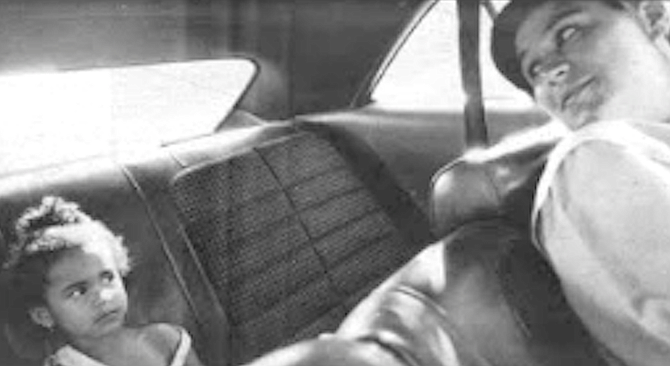
“When I got back to Stepping Stones from Vista Hill, I decided, ‘Okay, this is it.’ All the people there were the only friends I had. I got in drug counseling twice a week. I went to AA. I saw my therapist and a psychiatrist. I did what they wanted me to. Because I didn’t want to leave."
By Judith Moore, Nov. 17, 1988 Read full article
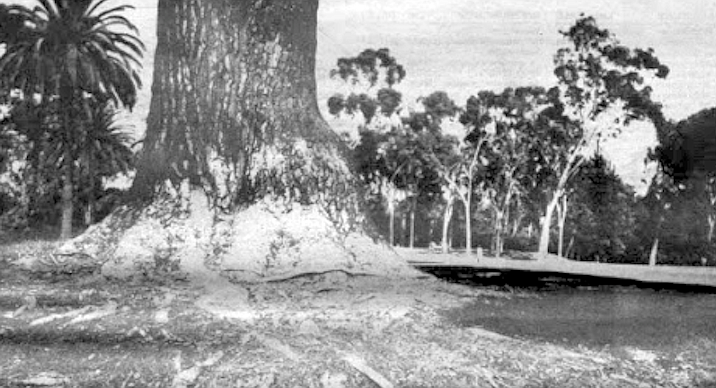
The space theater managers argue that San Diegans need more education in science and technology, but take a look at the size of their gift shop and the types of movies — laser-light rock shows, for example — shown in their Omnimax theater. Why should public parkland be given over to more of this kind of deceptively commercial merchandising?
By Neal Matthews, Sept. 3, 1987 Read full article

A husband and wife are separated after four years of marriage. The husband is fifty-seven; the wife is fifty-three. Both were married once before. He earns $4000 per month, but she was a homemaker during the marriage, has no employable skills, and is in poor health. Murphy asked, should she get alimony? If so, how much and for how long? “These are awful cases,” Ashworth moaned.
By Jeannette DeWyze, Oct. 1, 1987 Read full article

Fellmeth had asked the PUC for $48,000 in intervenor fees for the role his USD center had played in the creation of UCAN. The San Diego Union termed his request “a shocking bill,” and KFMB television and radio editorials urged him to withdraw it. Under pressure from the USD administration, Fellmeth finally withdrew the request.
By Bob McPhail, Dec. 3, 1987 Read full article
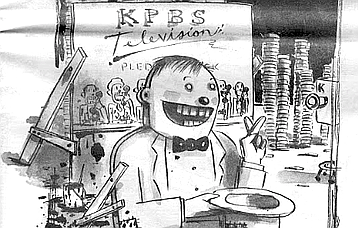
KPBS viewers are repeatedly told that the station must spend a great deal of money to purchase these nationally produced programs. Although the pledge-night barkers do not provide much detail, they strongly imply that national programming represents much of KPBS’s operating costs. But the station’s official budget tells a different story.
By Matt Potter, Oct. 11, 1990 Read full article
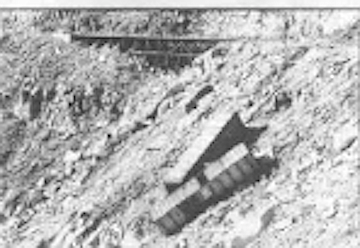
After World War II, railroads all across the country have had a hard time competing with air and truck freight haulers. But a bigger part of the SD&AE’s decline was a matter of geography. The 11 miles of railroad tracks between Jacumba and the desert floor to the east pass through some of the most godawful-rugged and wonderful terrain any railroad has ever had to traverse.
By Steve Sorensen, Feb. 2, 1989 Read full article
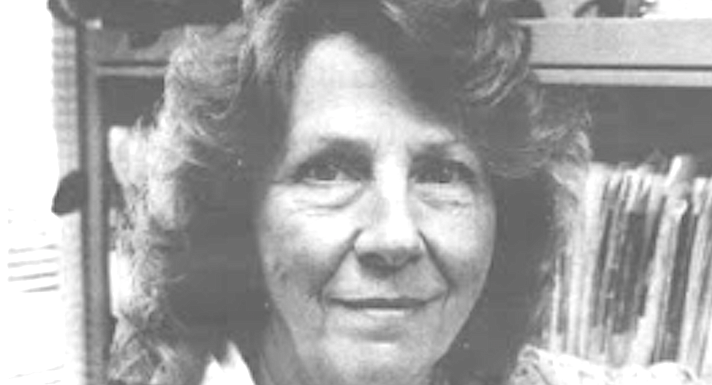
“Pat Muro was a stubborn little chili pepper,” recalls Bill Long, who had become chairman of the Borrego Springs Community Clinic Advisory Board the year before. “She would not give in just because Dorothy Reno said so.” Long had his own stormy year at the helm of the advisory board. “We could never get a decent answer from [Reno] ” says Long. “We were blocked by Dorothy every time we turned around.”
By Bob McPhail, Apr. 21, 1988 Read full article
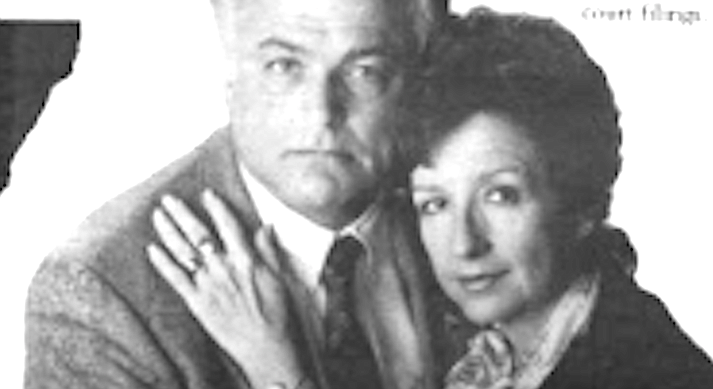
The worst of it wasn’t the inability to buy toys for the kids or run to the corner on an impulse for frozen yogurt nor the way the Sobarnias had to become adept at charging meals on credit cards at the end of the month in certain restaurants they knew wouldn’t send in the bills right away. The worst wasn’t even having to borrow money from Jay’s mother to purchase food on occasion.
By Neal Matthews, May 12, 1988 Read full article


“When I got back to Stepping Stones from Vista Hill, I decided, ‘Okay, this is it.’ All the people there were the only friends I had. I got in drug counseling twice a week. I went to AA. I saw my therapist and a psychiatrist. I did what they wanted me to. Because I didn’t want to leave."
By Judith Moore, Nov. 17, 1988 Read full article

The space theater managers argue that San Diegans need more education in science and technology, but take a look at the size of their gift shop and the types of movies — laser-light rock shows, for example — shown in their Omnimax theater. Why should public parkland be given over to more of this kind of deceptively commercial merchandising?
By Neal Matthews, Sept. 3, 1987 Read full article

A husband and wife are separated after four years of marriage. The husband is fifty-seven; the wife is fifty-three. Both were married once before. He earns $4000 per month, but she was a homemaker during the marriage, has no employable skills, and is in poor health. Murphy asked, should she get alimony? If so, how much and for how long? “These are awful cases,” Ashworth moaned.
By Jeannette DeWyze, Oct. 1, 1987 Read full article

Fellmeth had asked the PUC for $48,000 in intervenor fees for the role his USD center had played in the creation of UCAN. The San Diego Union termed his request “a shocking bill,” and KFMB television and radio editorials urged him to withdraw it. Under pressure from the USD administration, Fellmeth finally withdrew the request.
By Bob McPhail, Dec. 3, 1987 Read full article

KPBS viewers are repeatedly told that the station must spend a great deal of money to purchase these nationally produced programs. Although the pledge-night barkers do not provide much detail, they strongly imply that national programming represents much of KPBS’s operating costs. But the station’s official budget tells a different story.
By Matt Potter, Oct. 11, 1990 Read full article

After World War II, railroads all across the country have had a hard time competing with air and truck freight haulers. But a bigger part of the SD&AE’s decline was a matter of geography. The 11 miles of railroad tracks between Jacumba and the desert floor to the east pass through some of the most godawful-rugged and wonderful terrain any railroad has ever had to traverse.
By Steve Sorensen, Feb. 2, 1989 Read full article

“Pat Muro was a stubborn little chili pepper,” recalls Bill Long, who had become chairman of the Borrego Springs Community Clinic Advisory Board the year before. “She would not give in just because Dorothy Reno said so.” Long had his own stormy year at the helm of the advisory board. “We could never get a decent answer from [Reno] ” says Long. “We were blocked by Dorothy every time we turned around.”
By Bob McPhail, Apr. 21, 1988 Read full article

The worst of it wasn’t the inability to buy toys for the kids or run to the corner on an impulse for frozen yogurt nor the way the Sobarnias had to become adept at charging meals on credit cards at the end of the month in certain restaurants they knew wouldn’t send in the bills right away. The worst wasn’t even having to borrow money from Jay’s mother to purchase food on occasion.
By Neal Matthews, May 12, 1988 Read full article
Comments